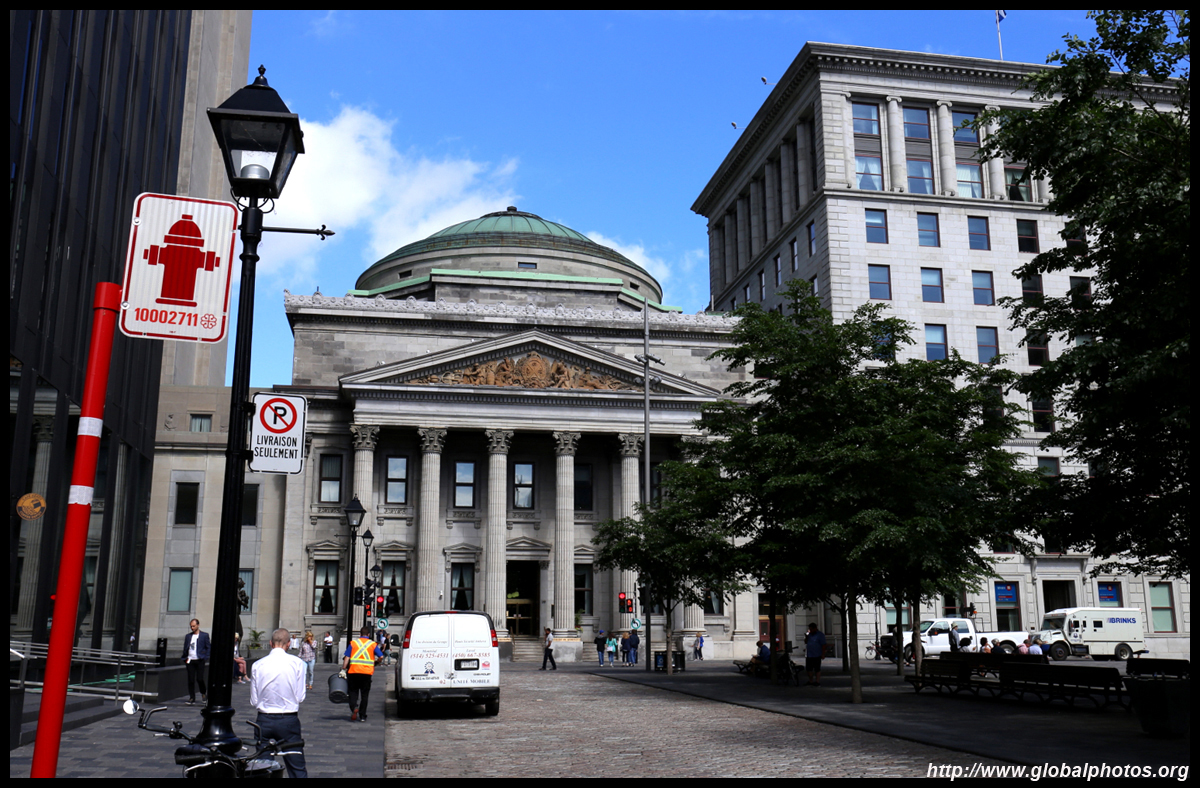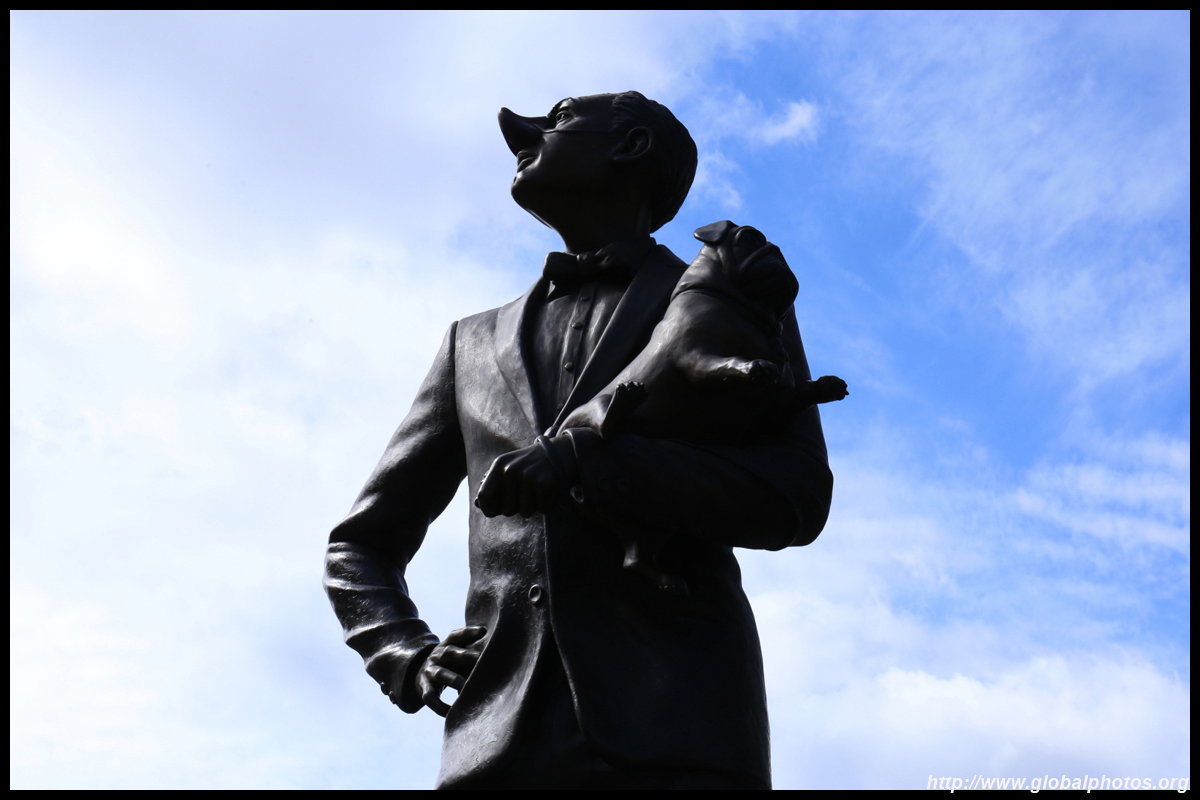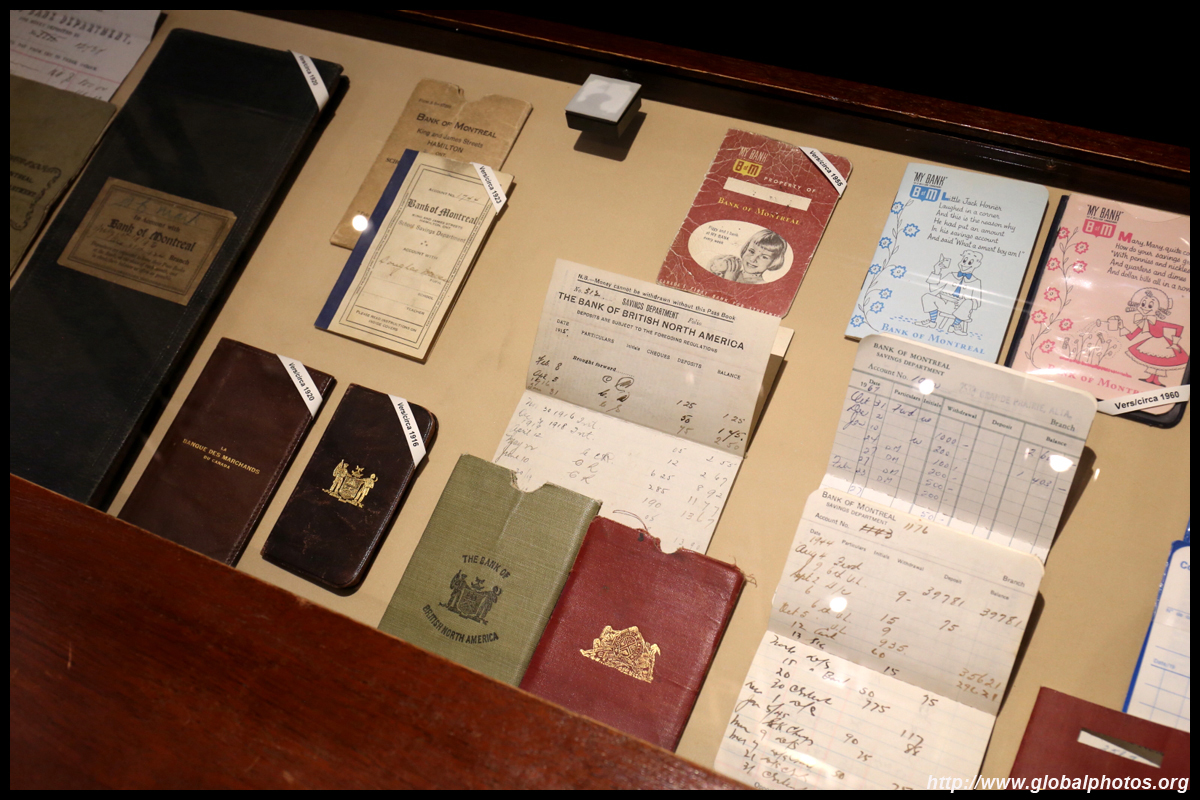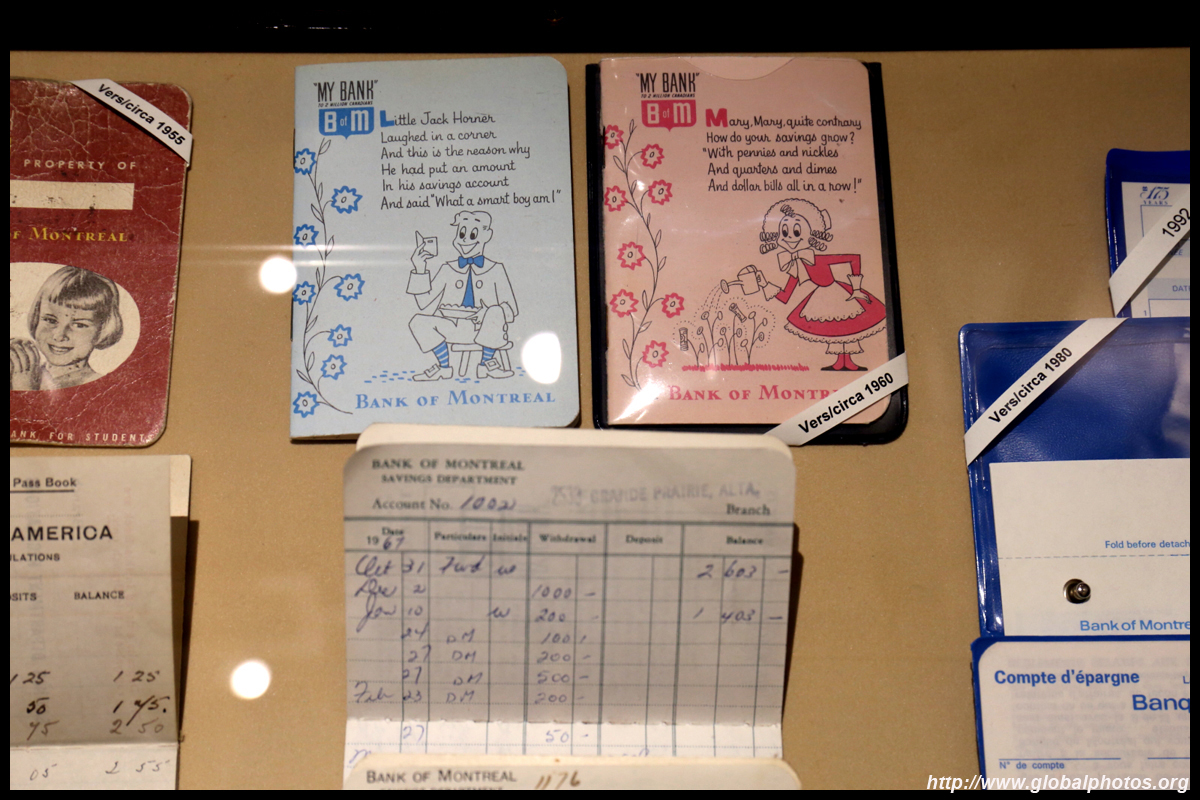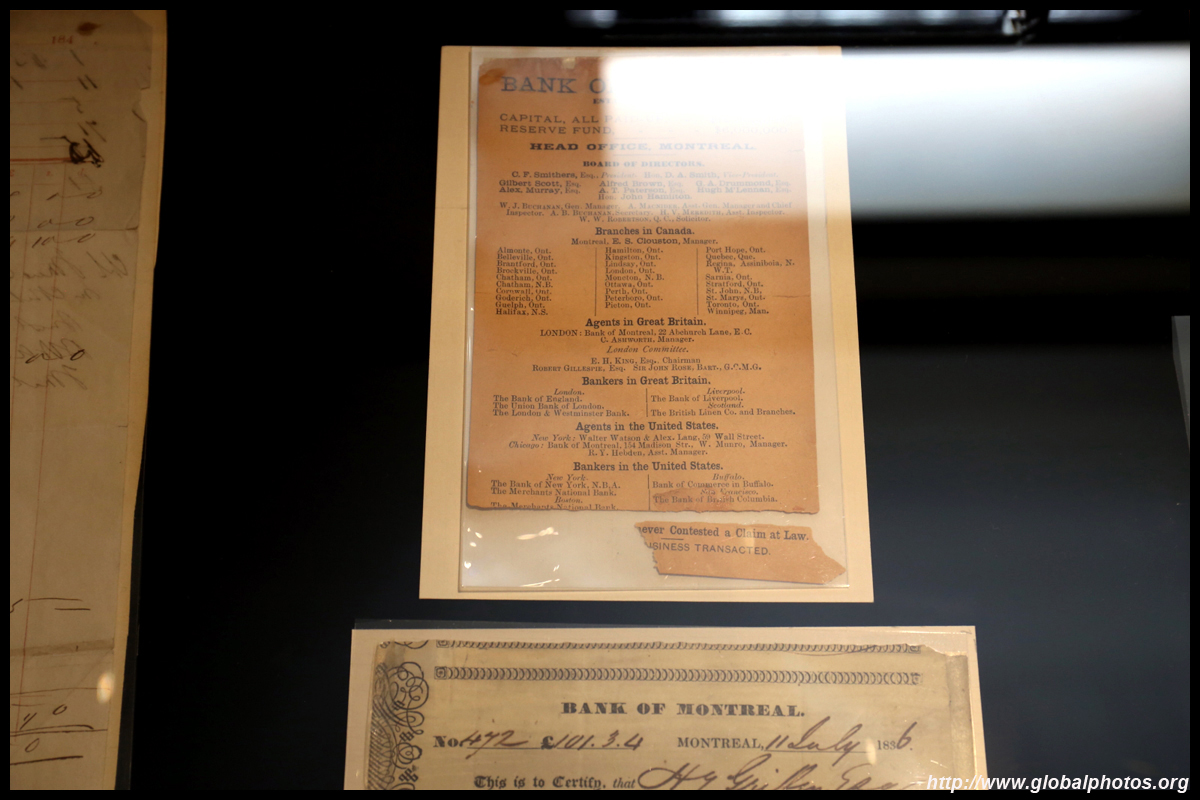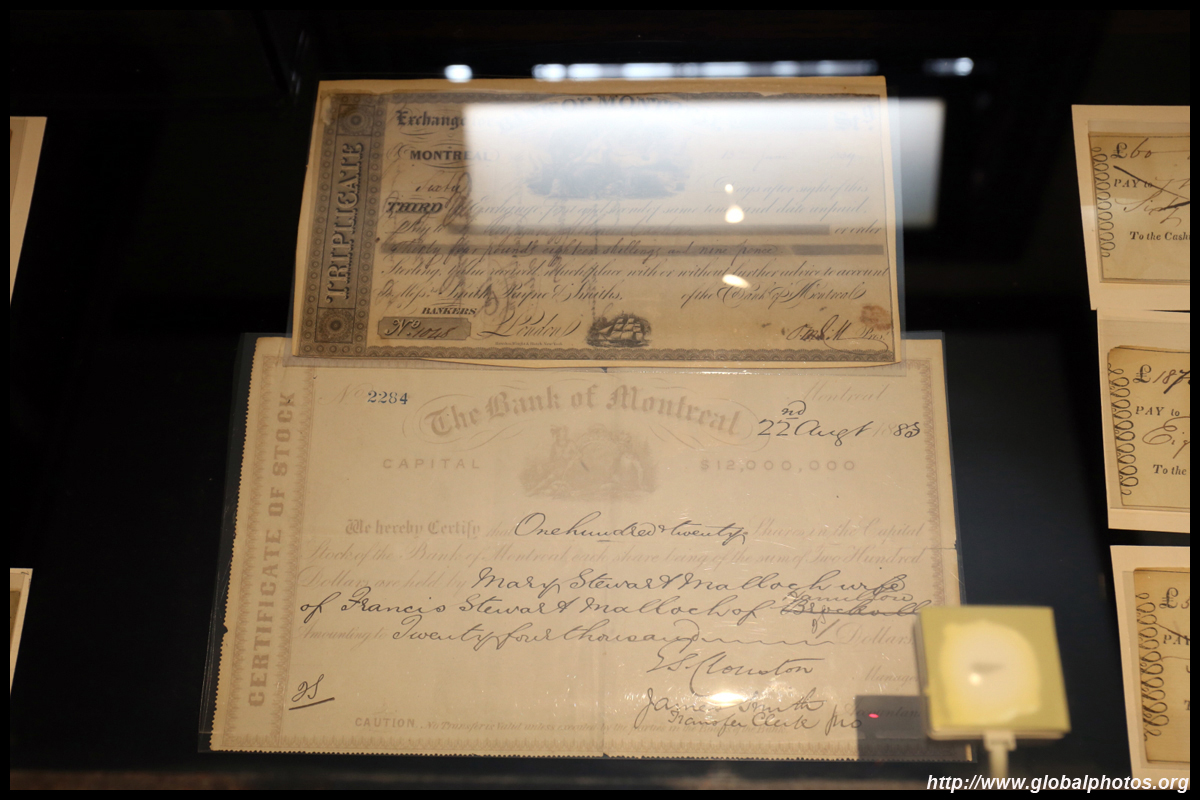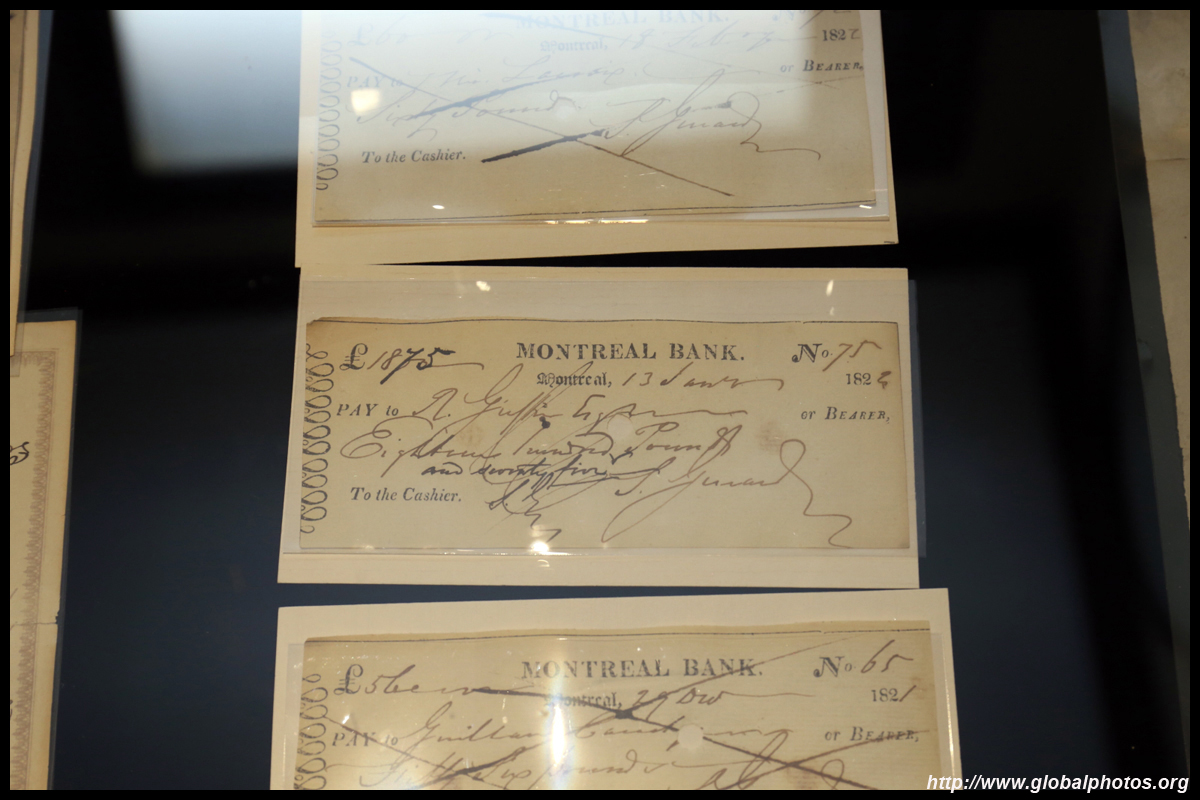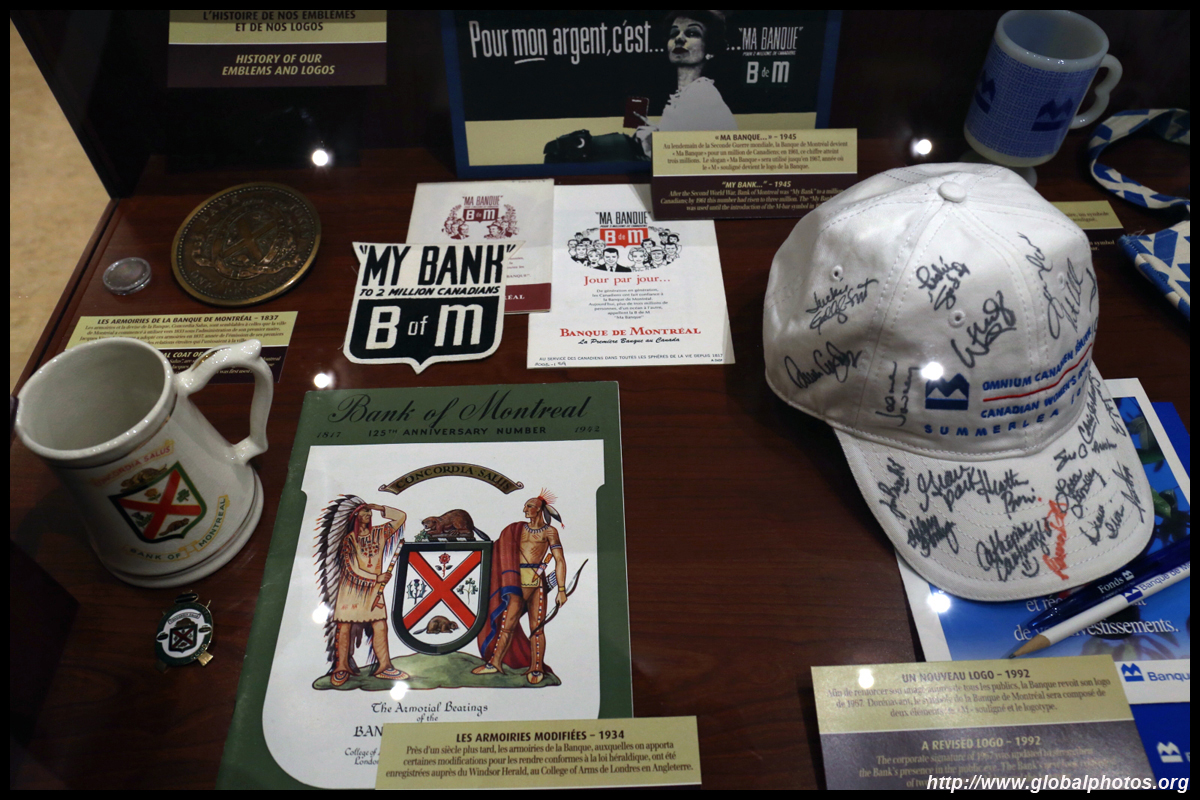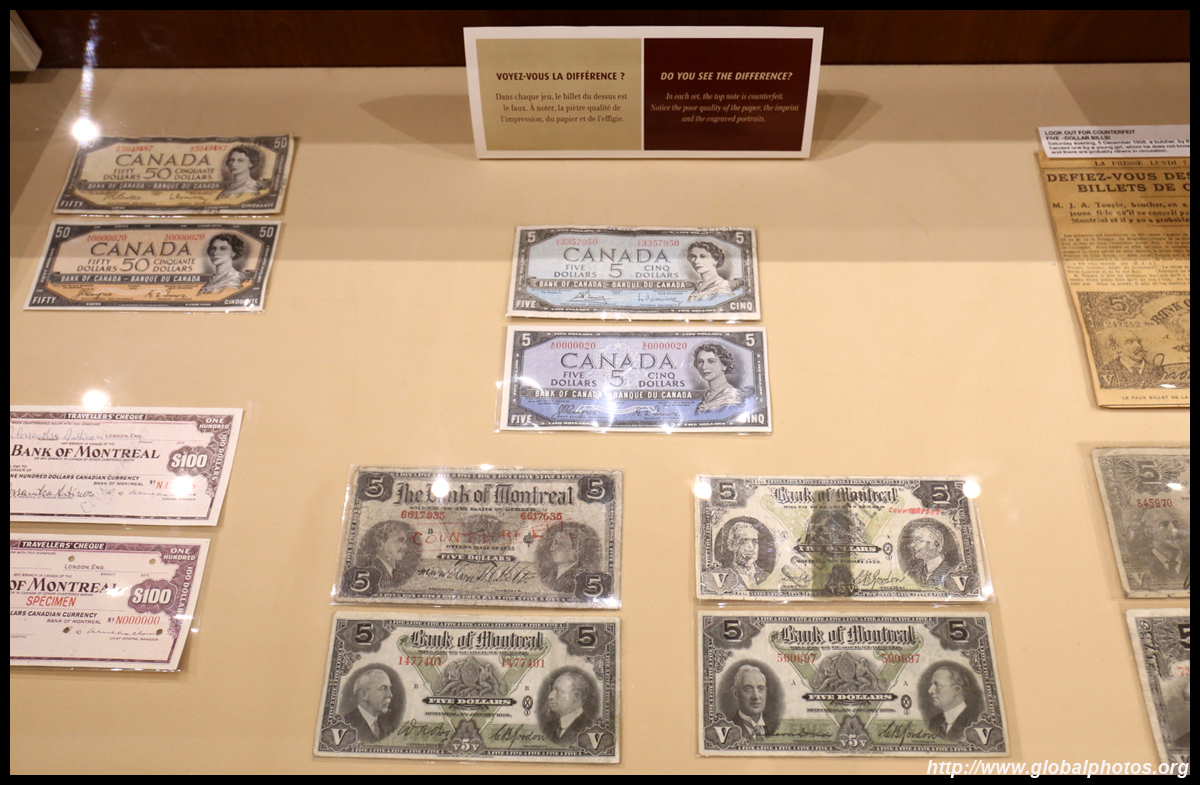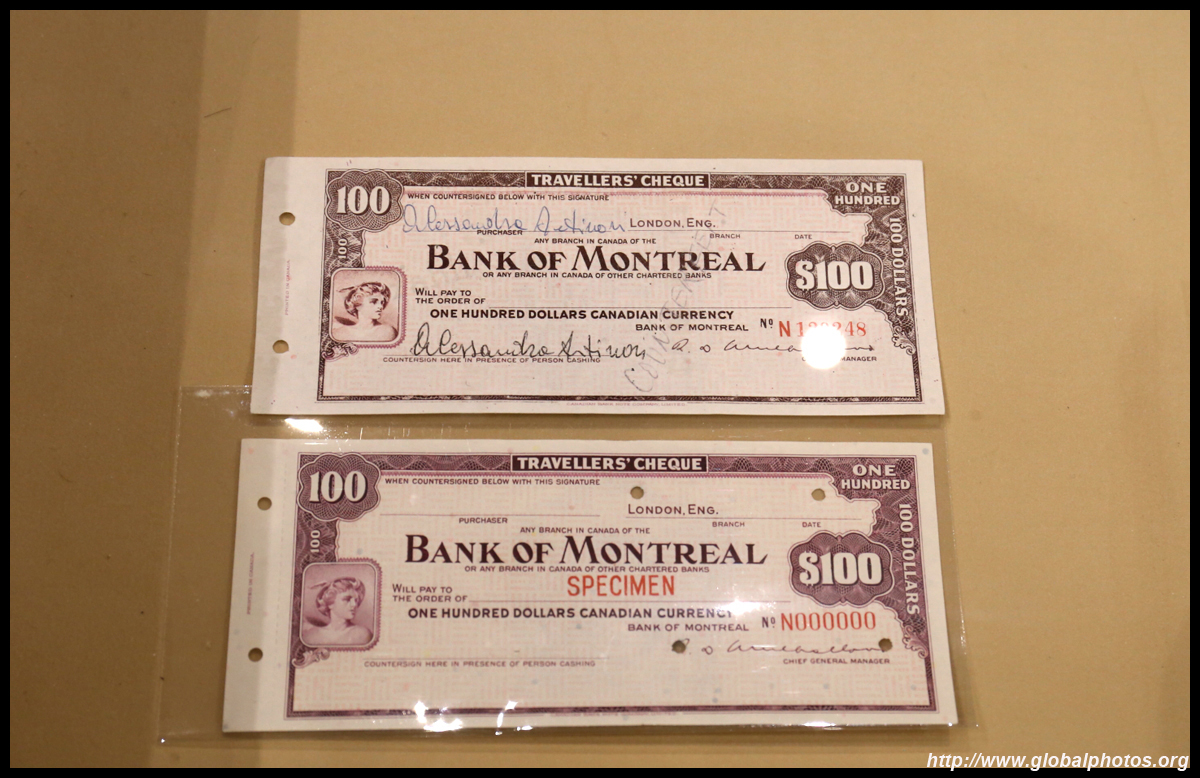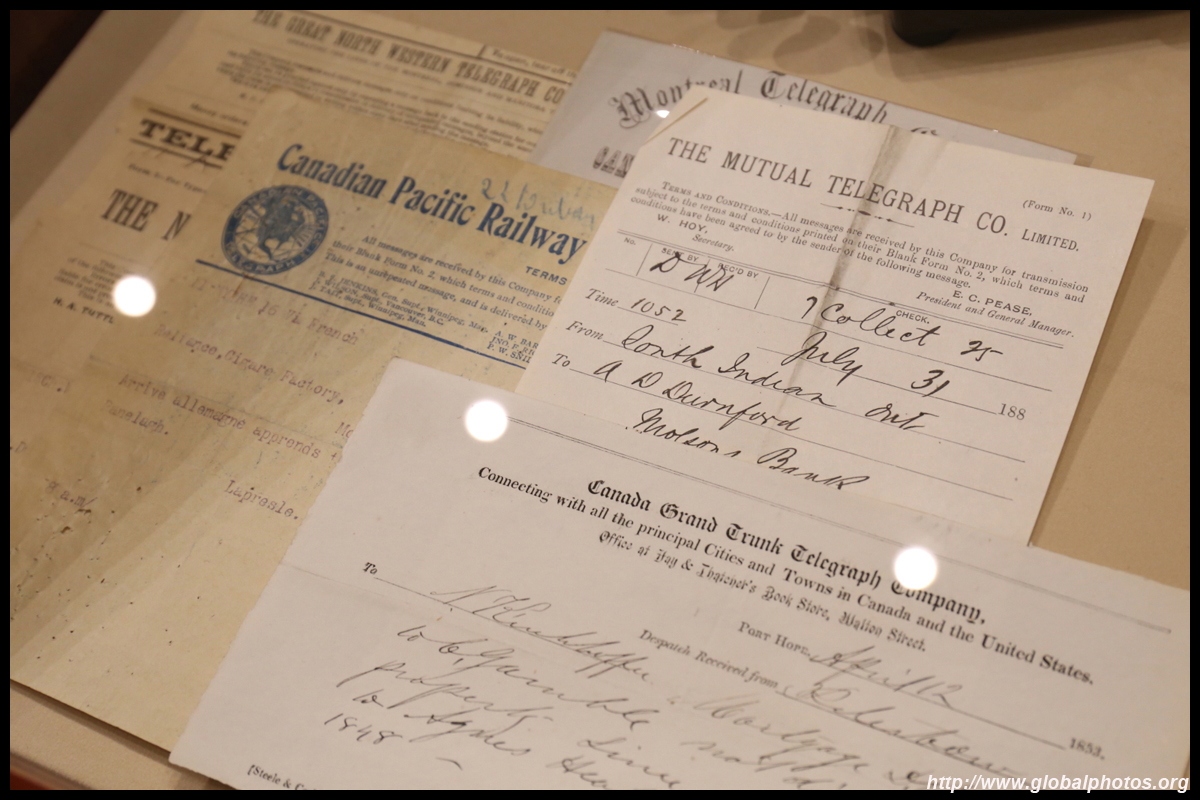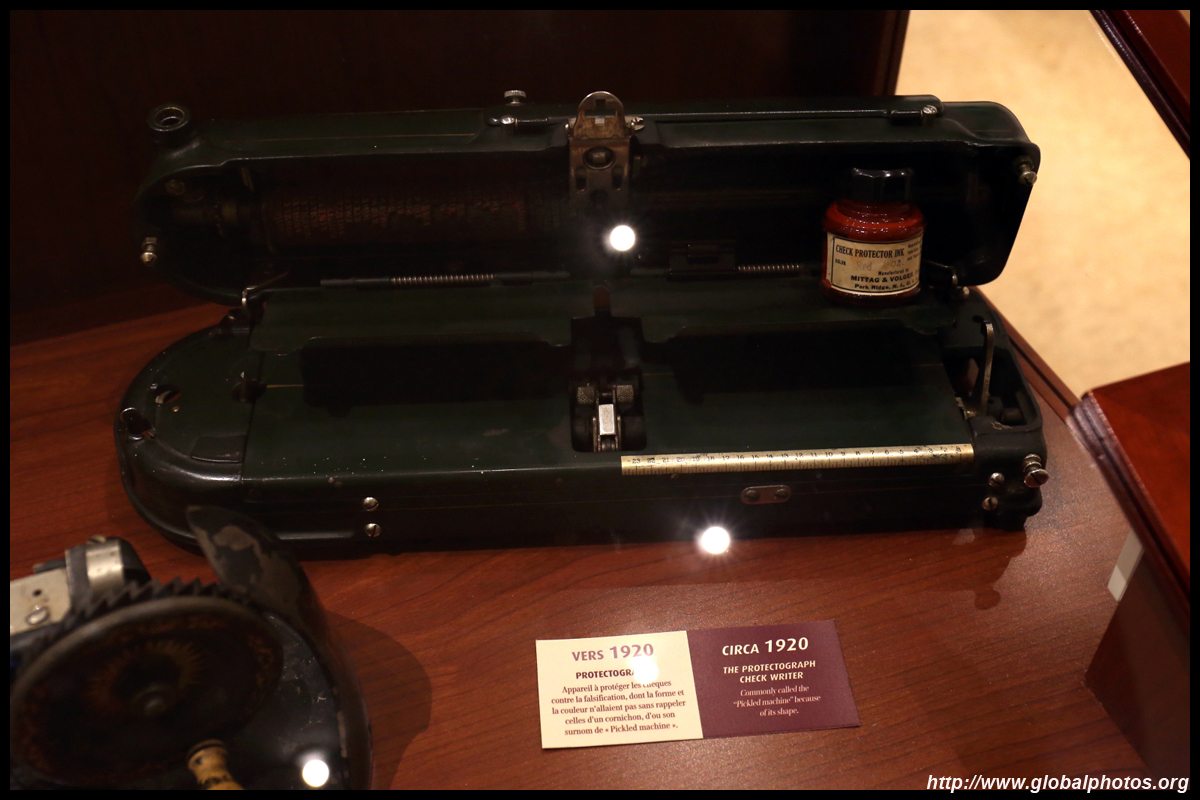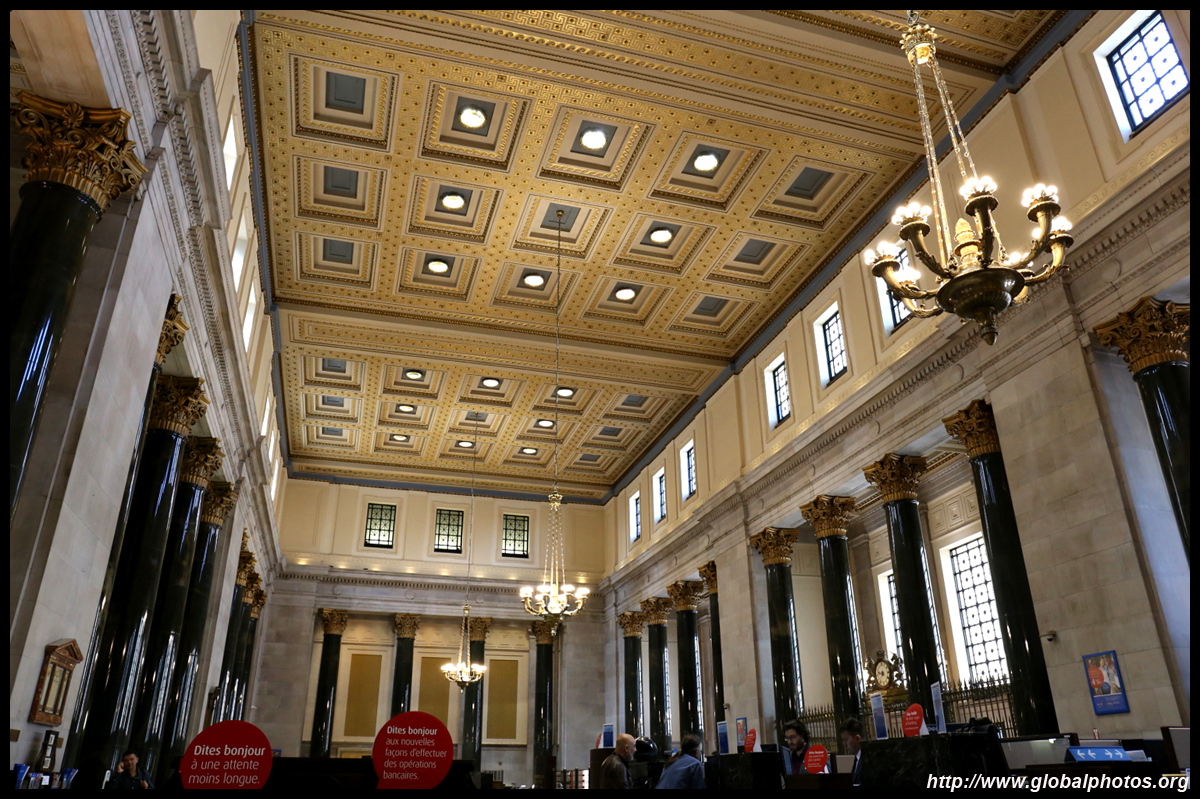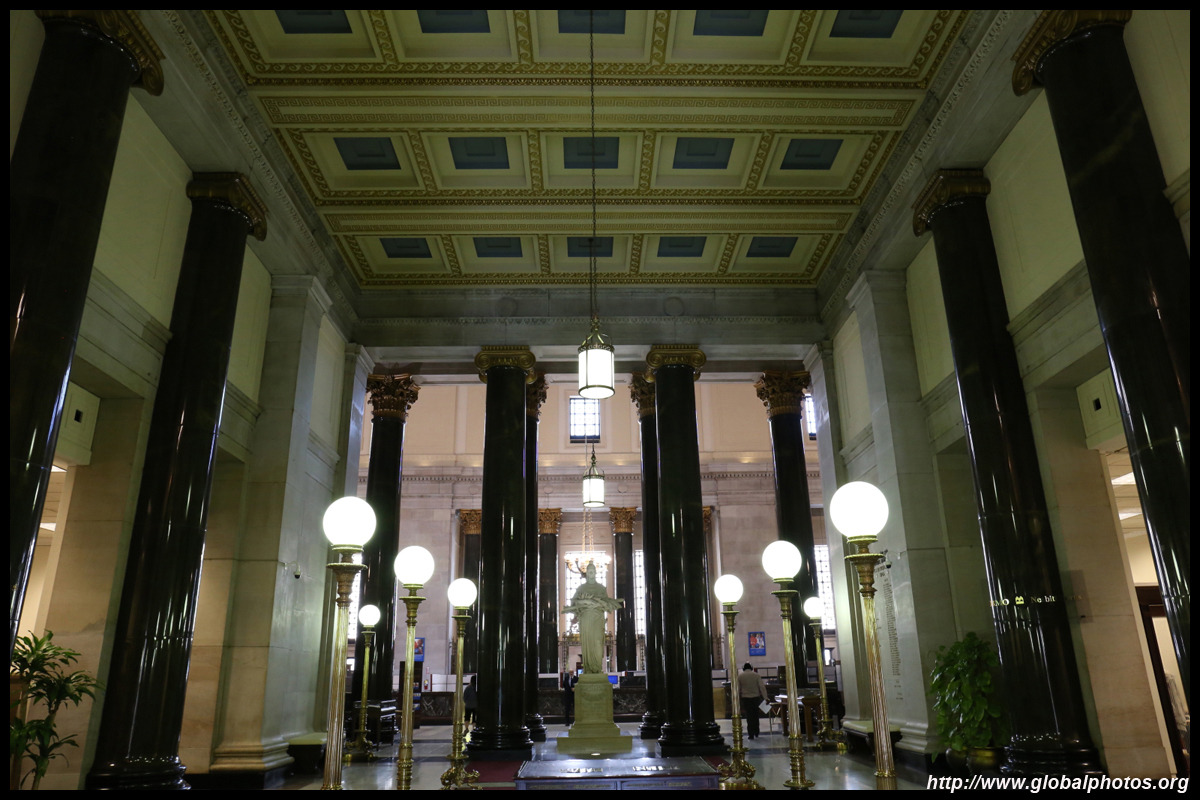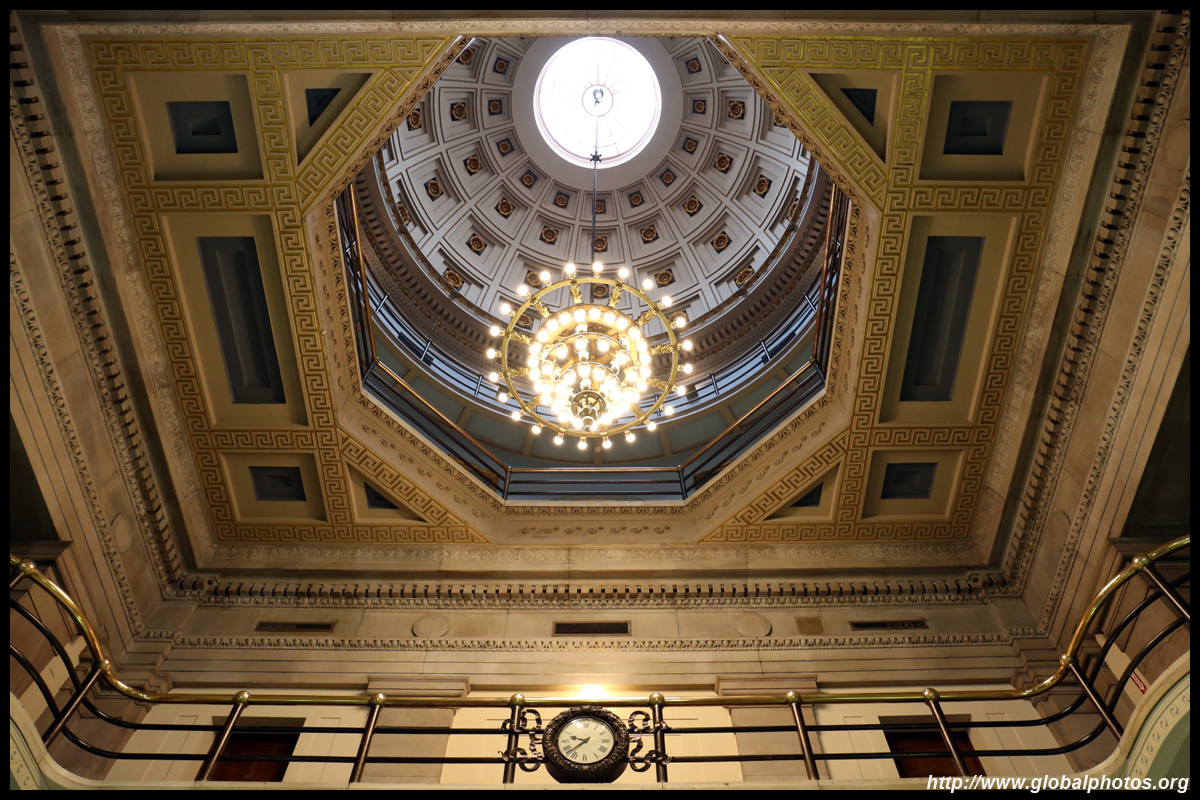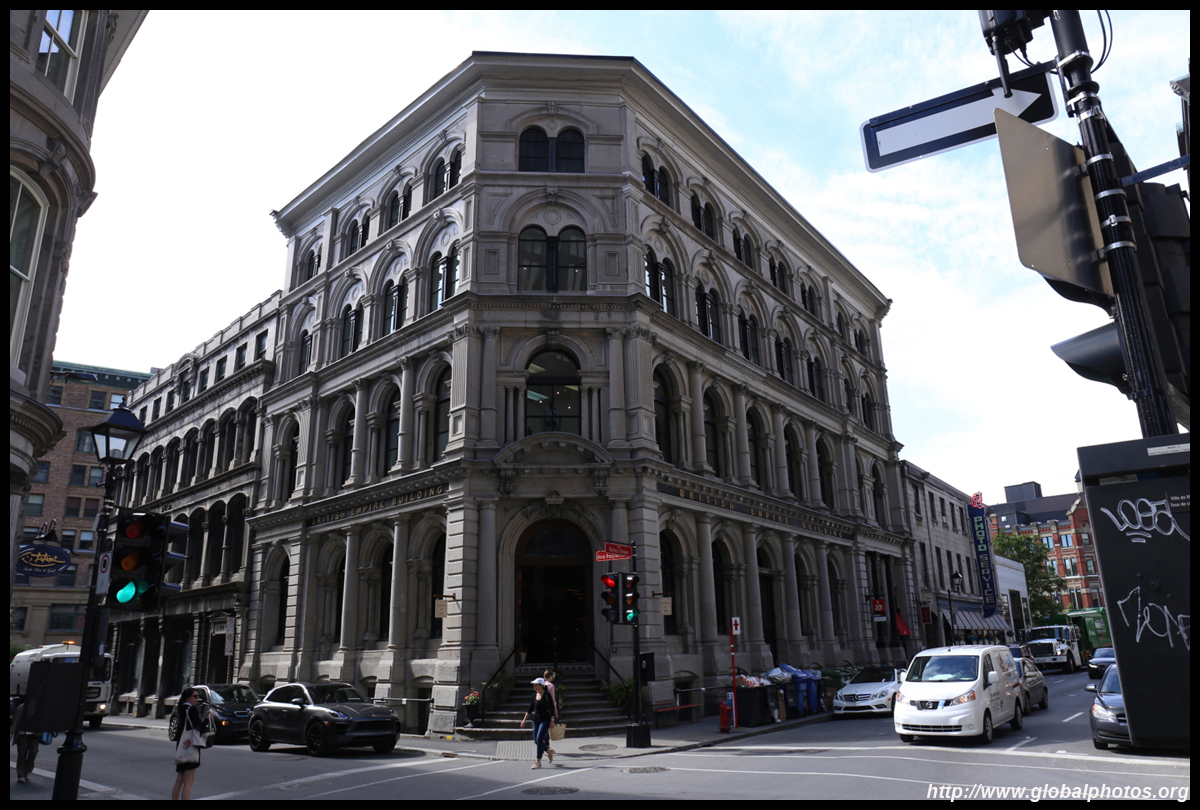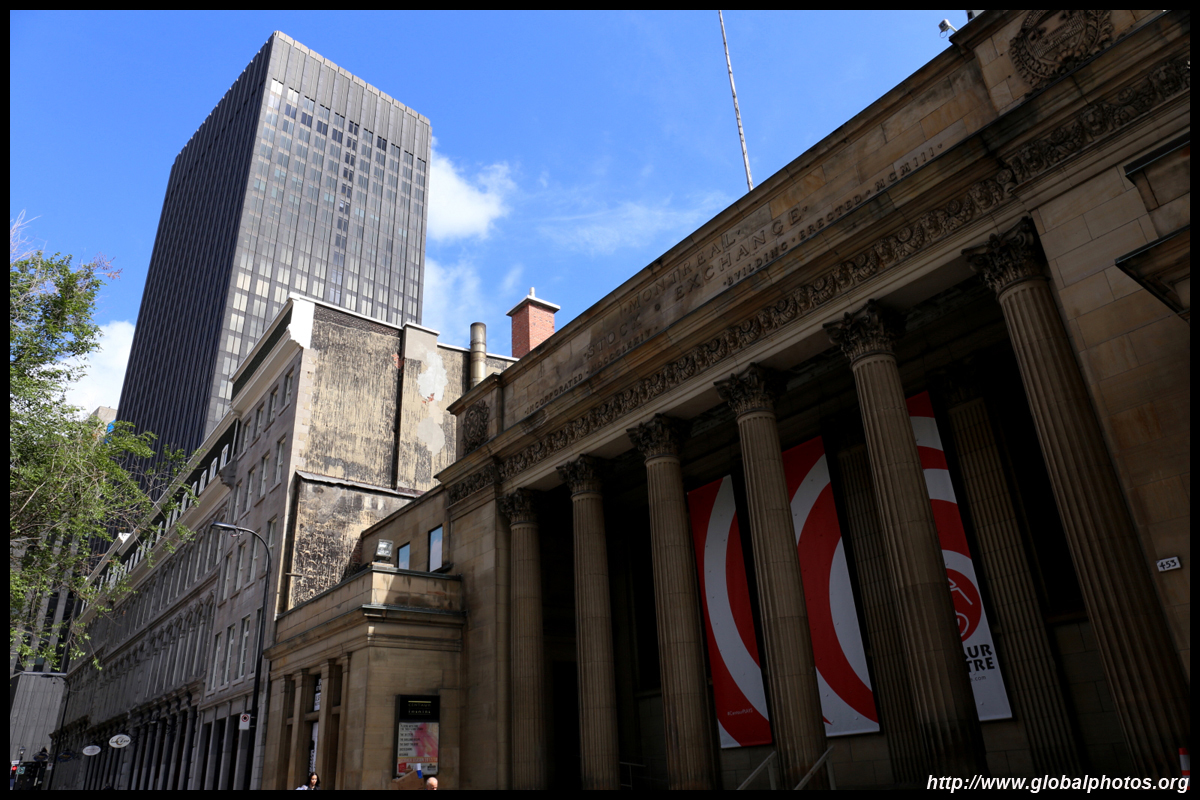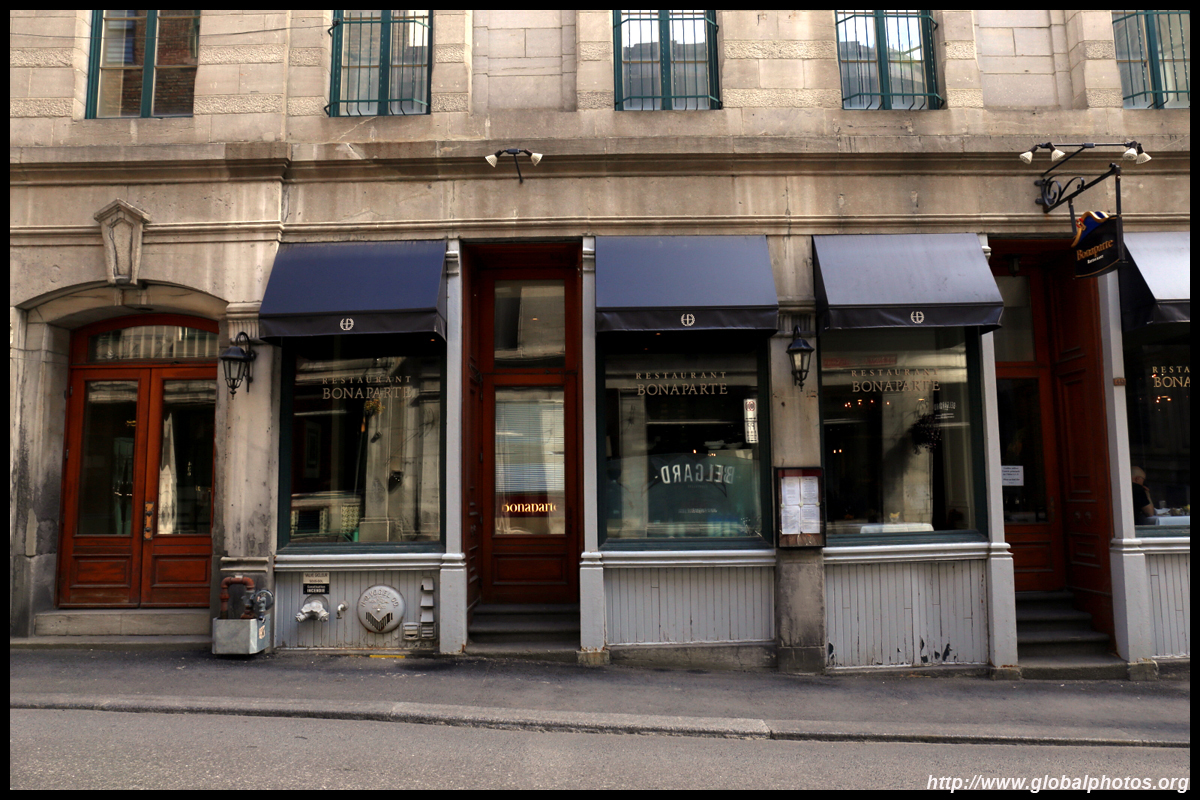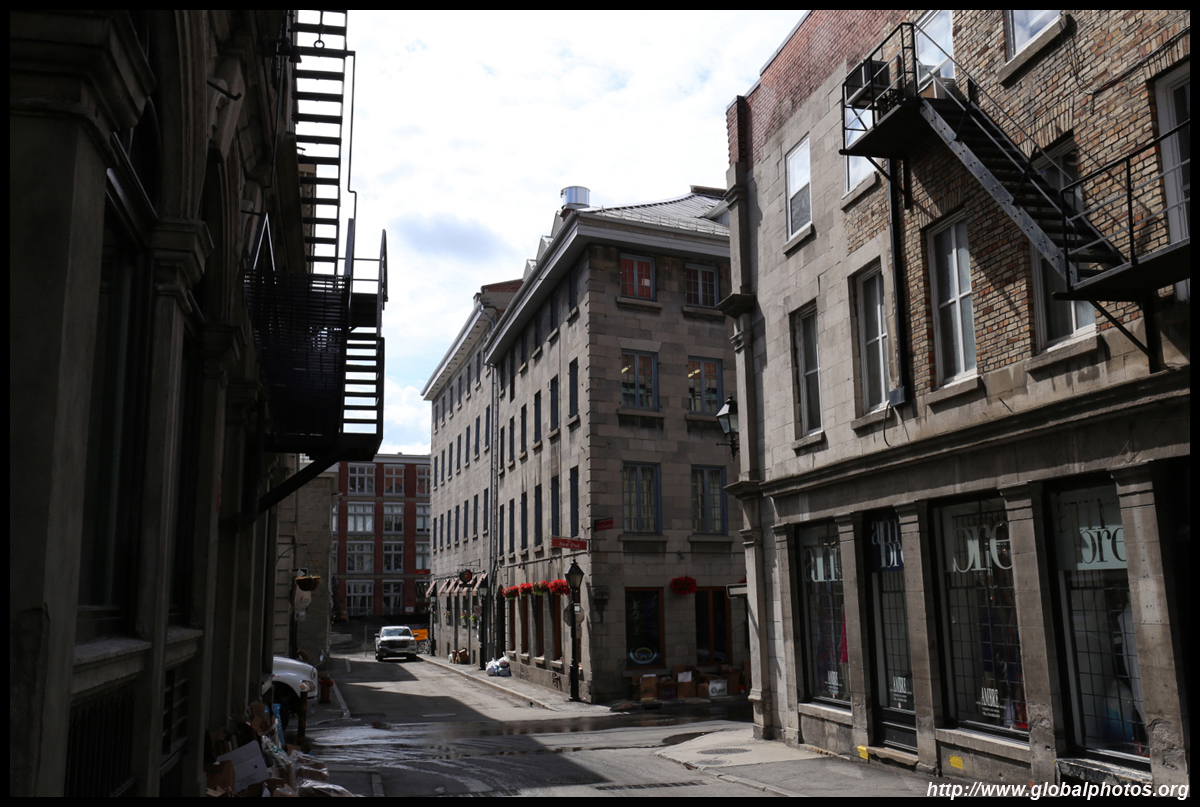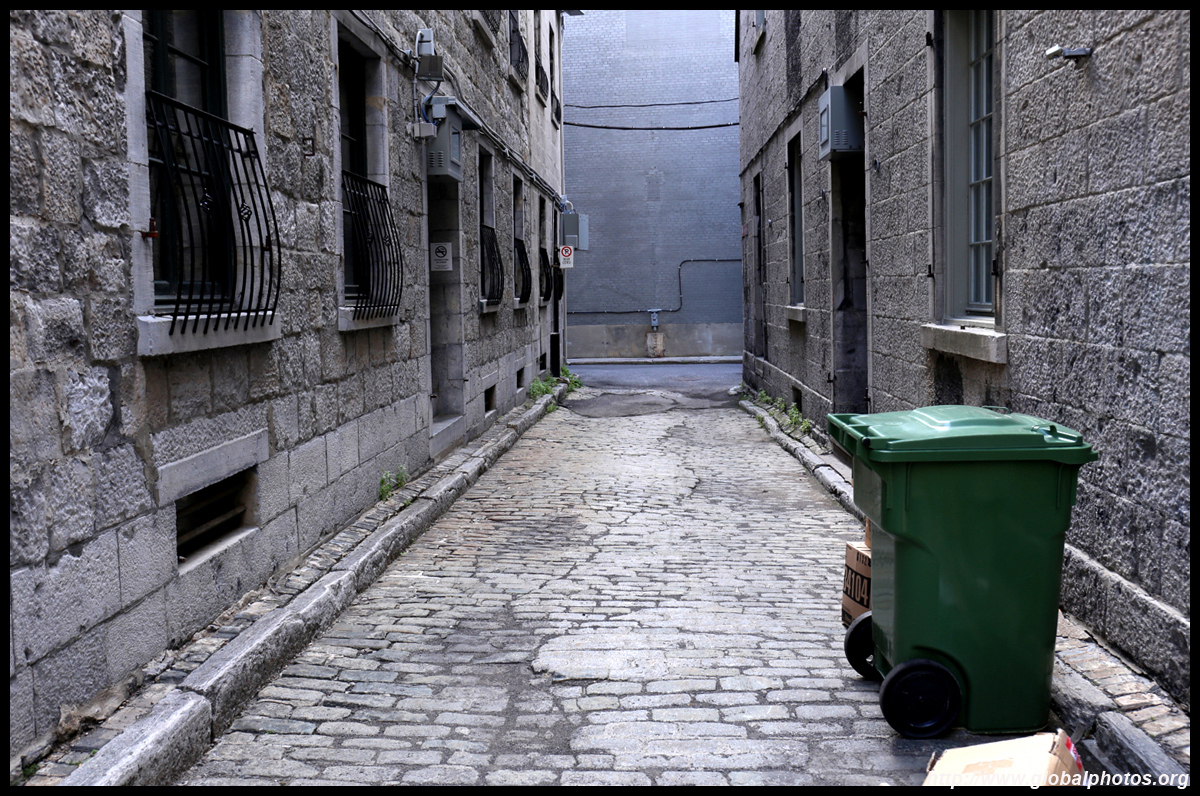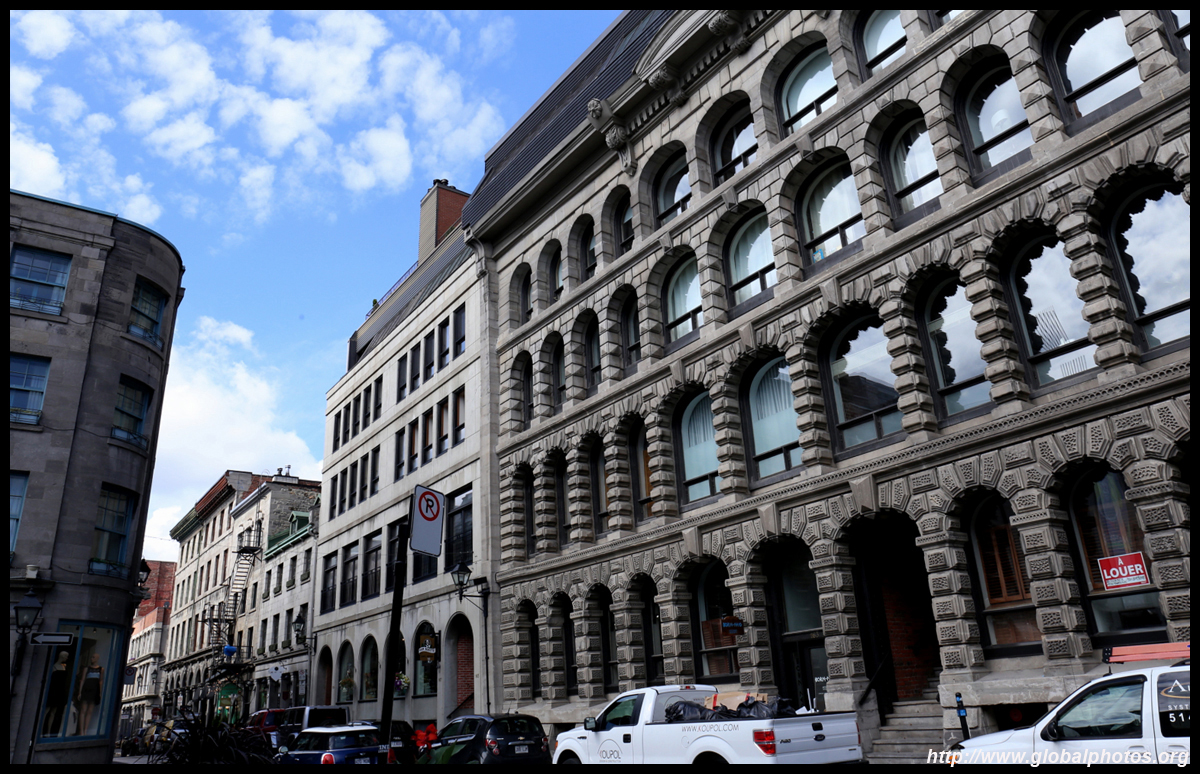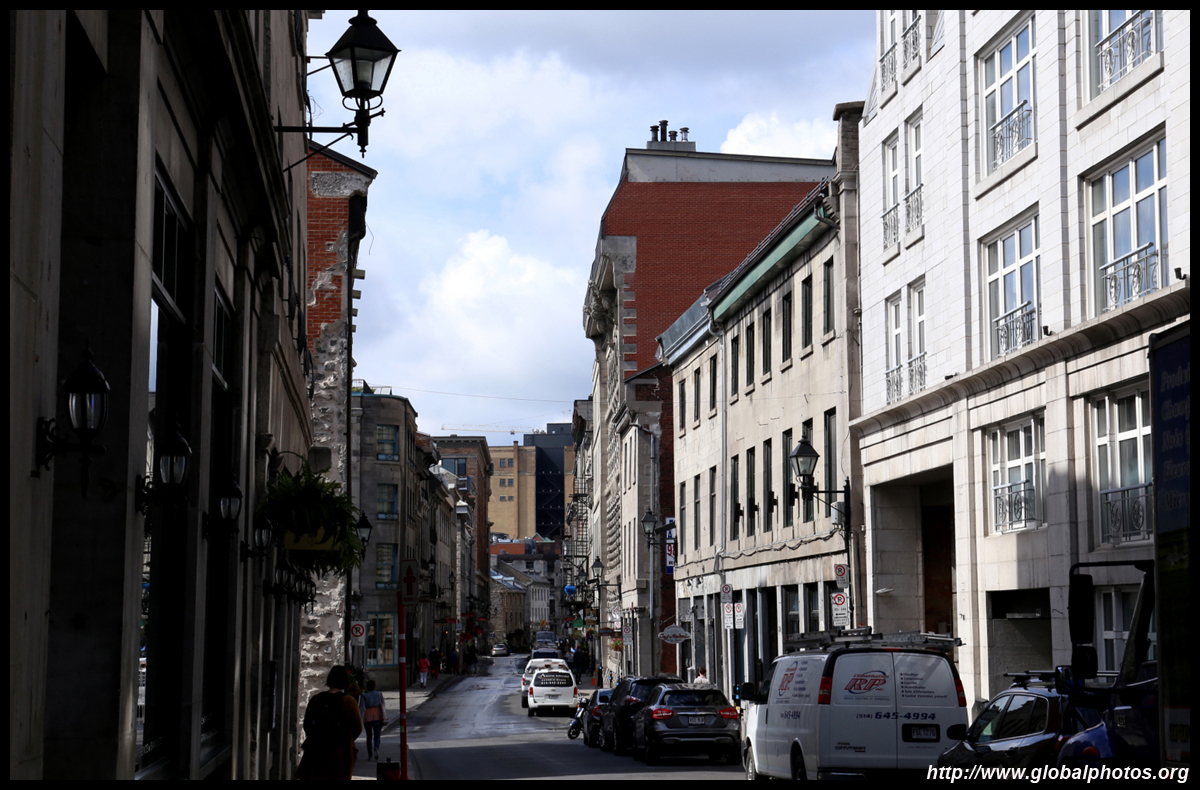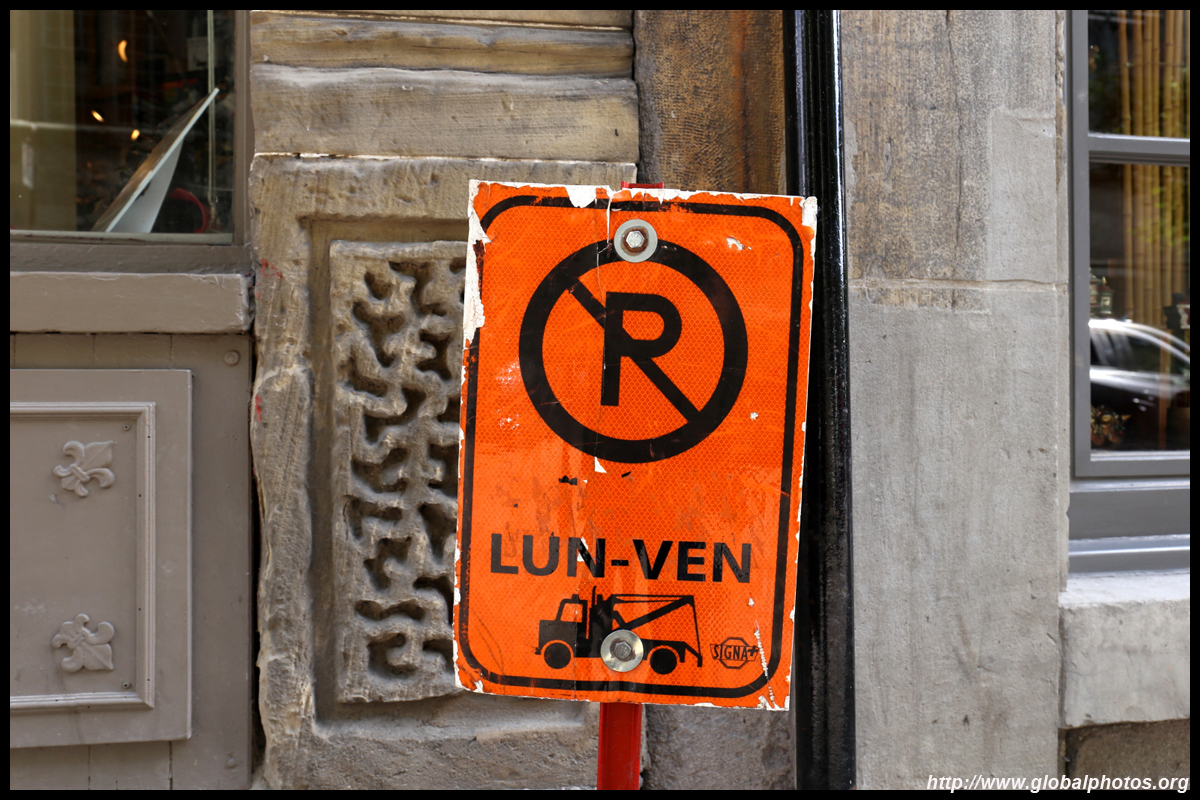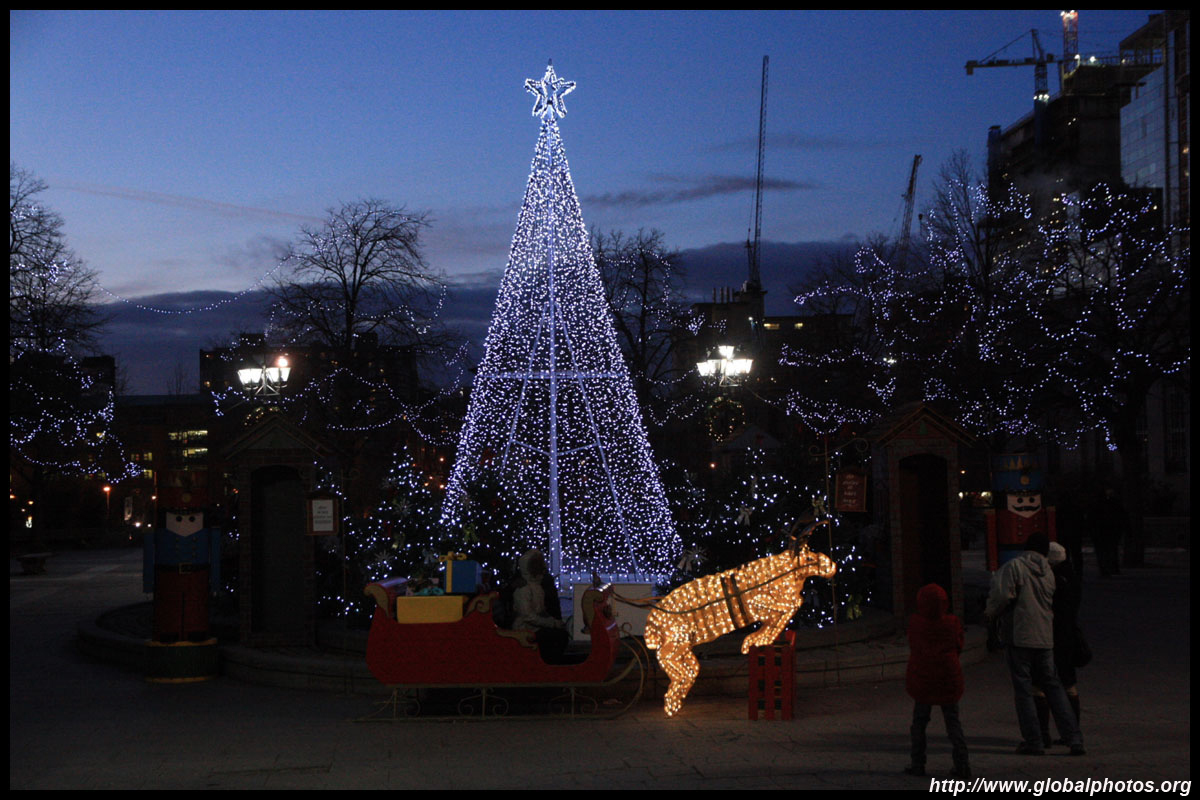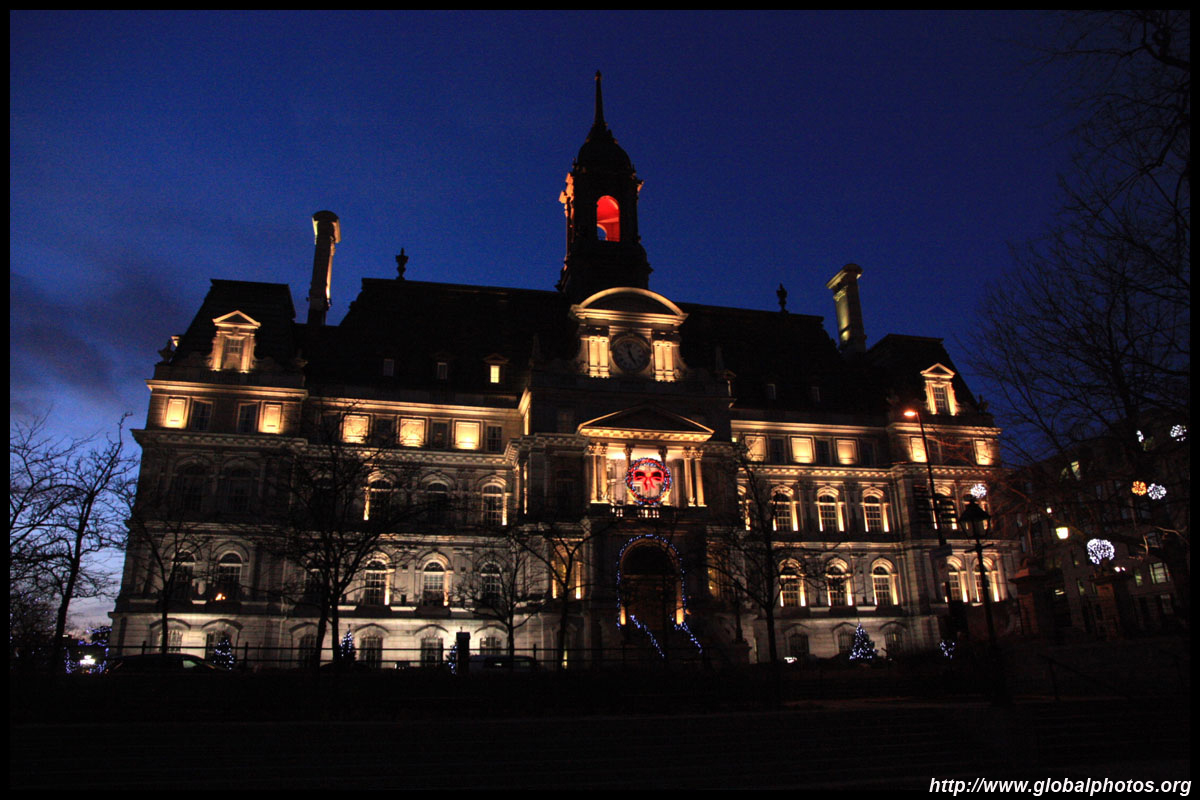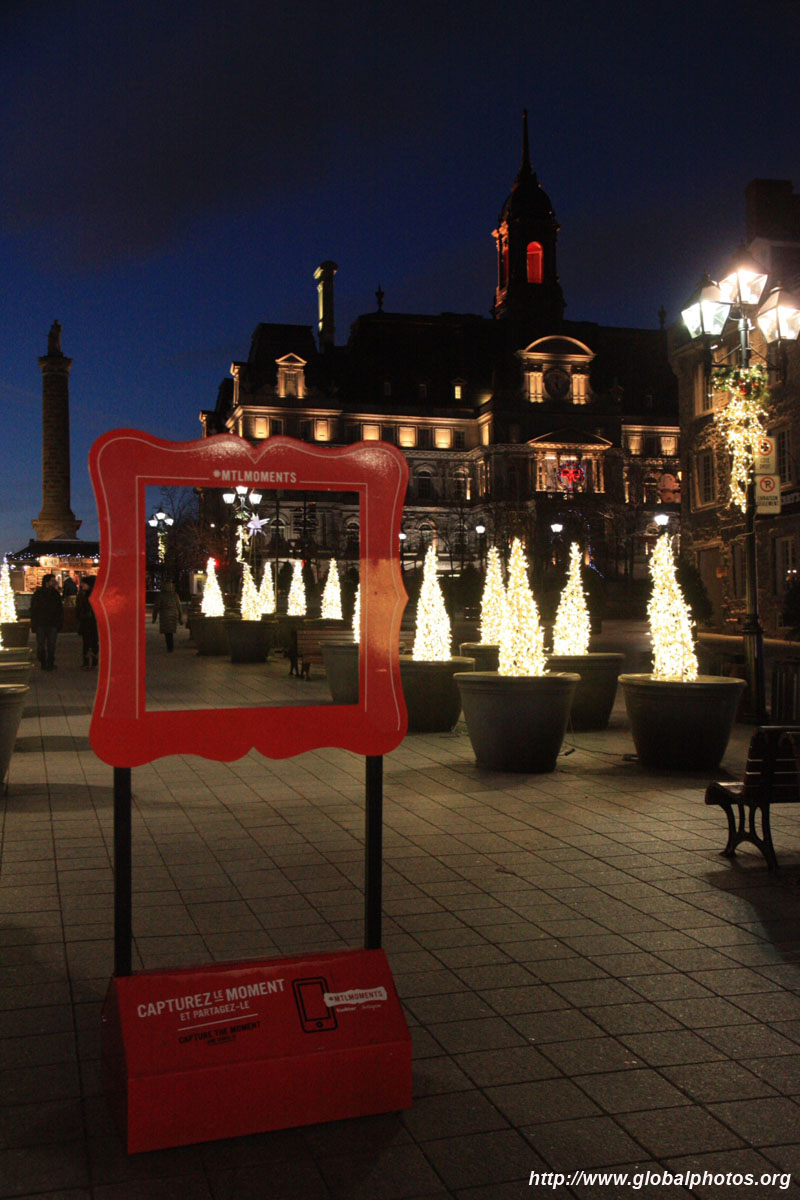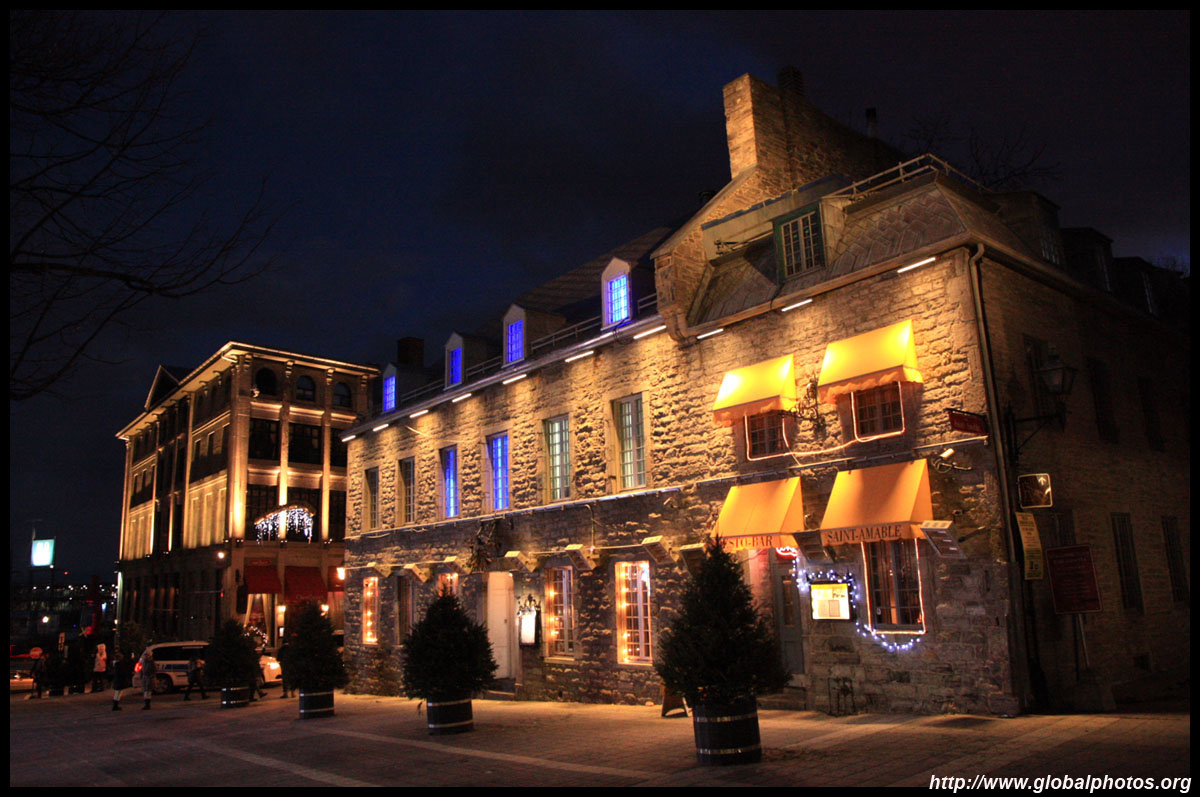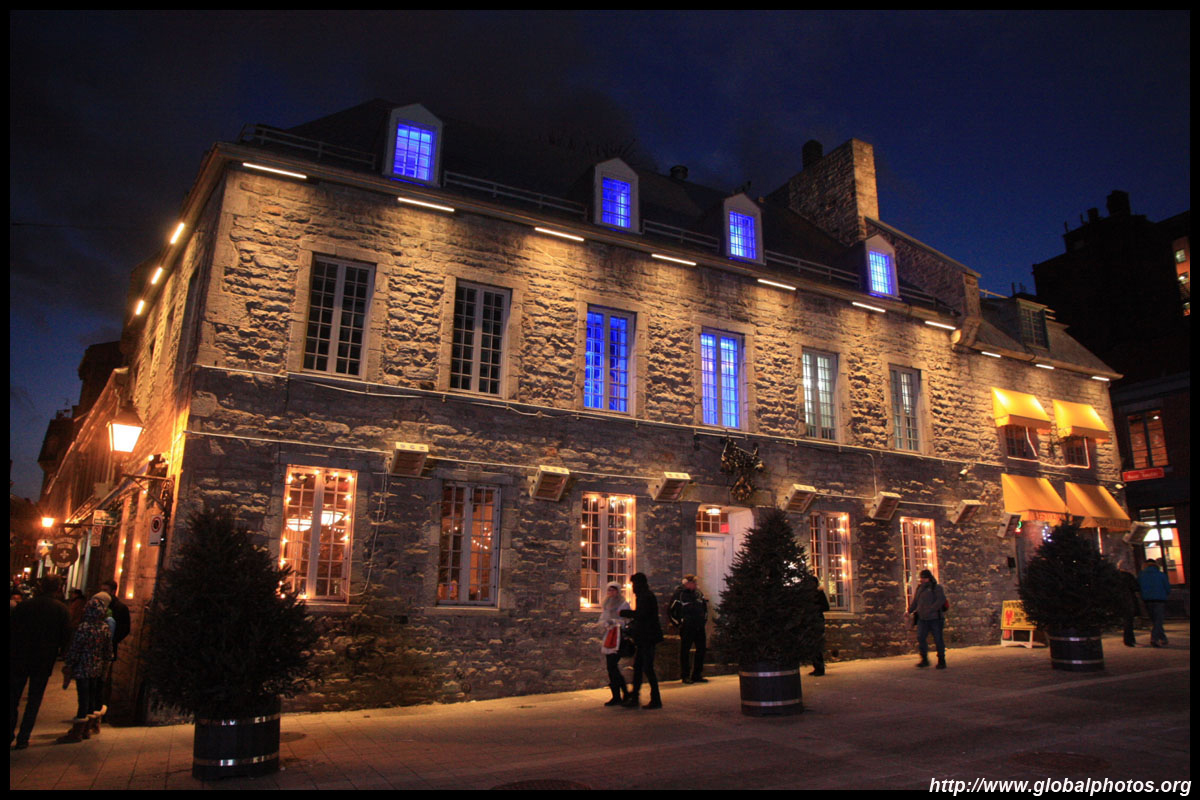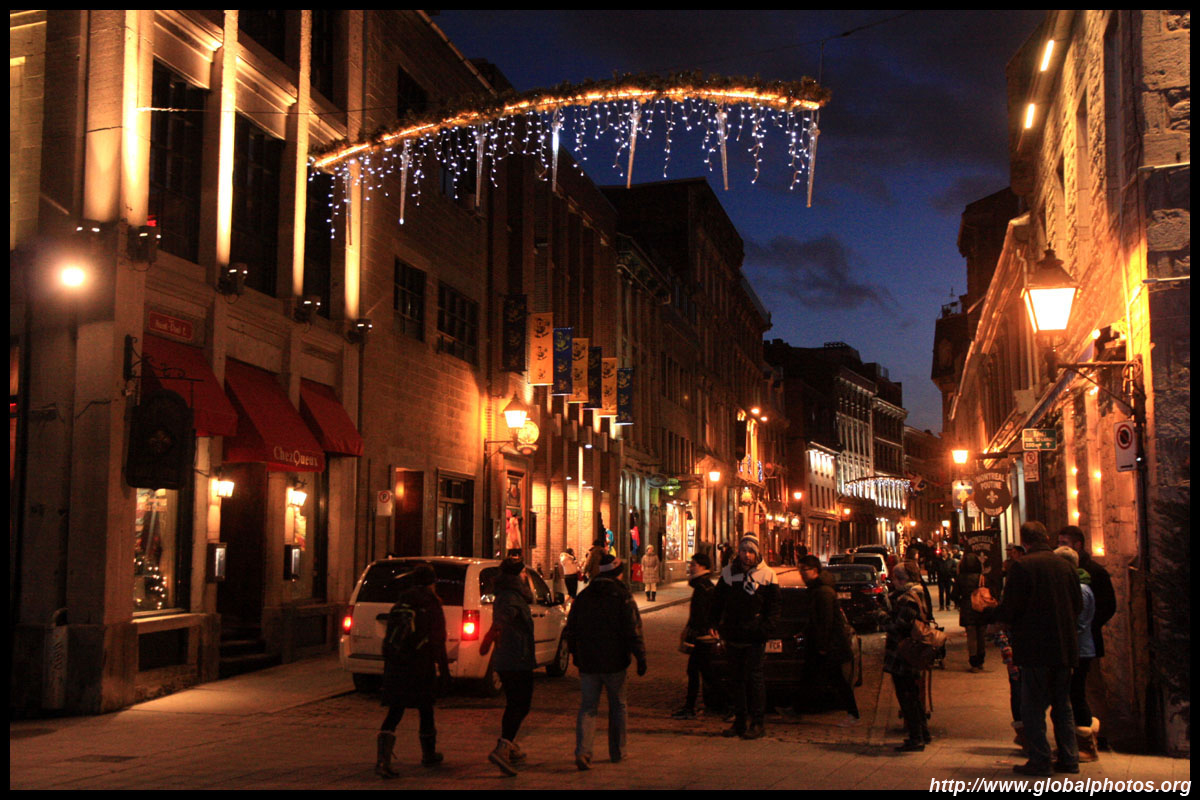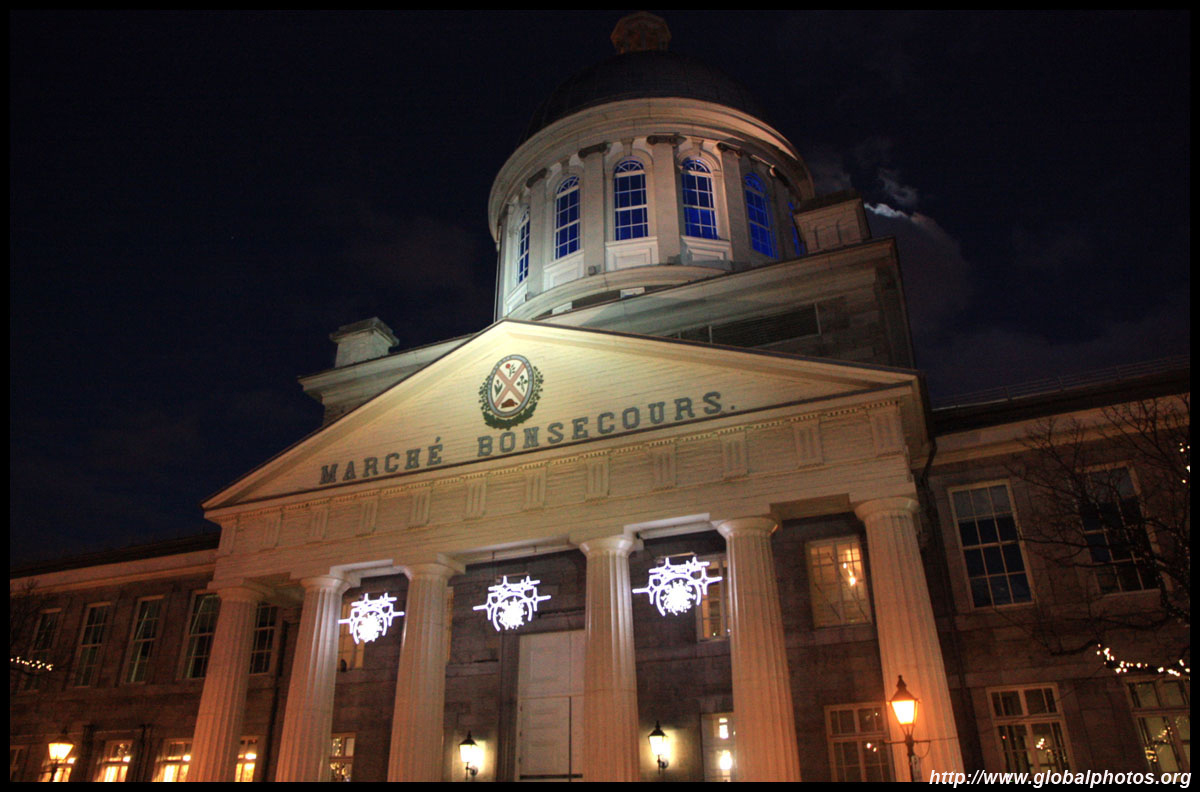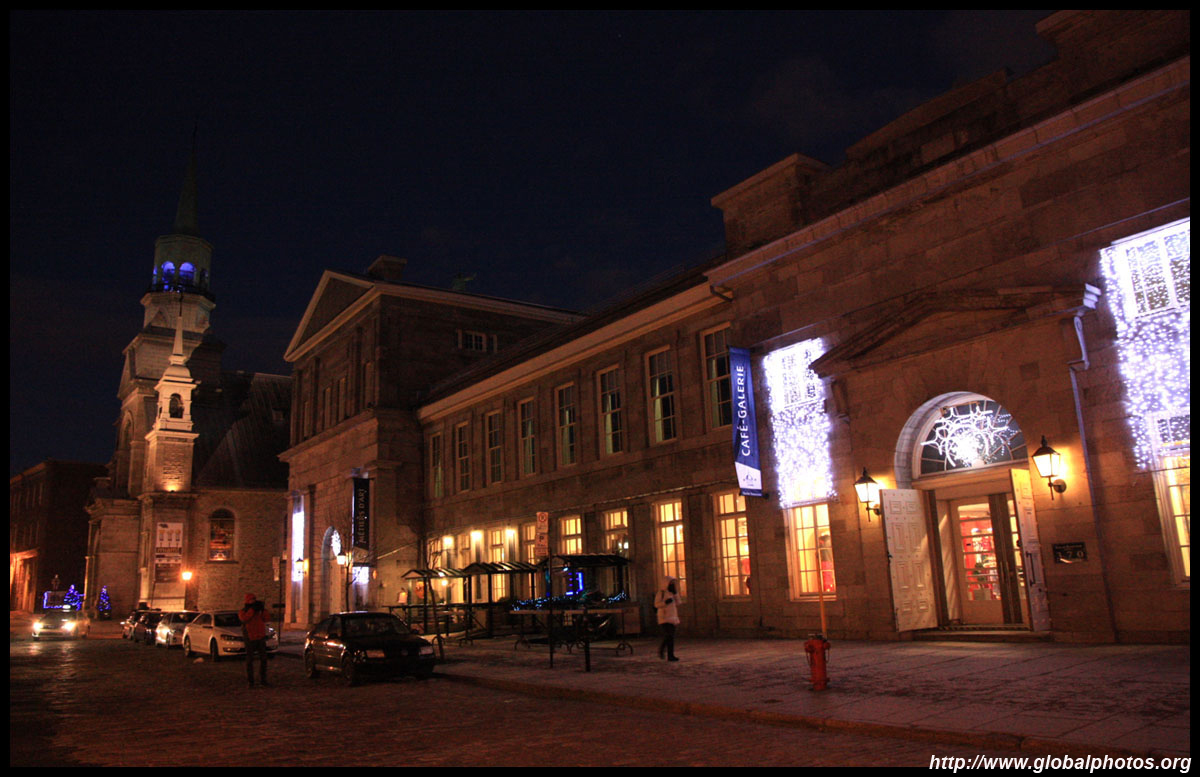
Old Montreal Photo Gallery
Old Montréal began when French settlers arrived and founded a settlement on the banks of the St. Lawrence in 1642. Ville Marie is now a small quarter of historic buildings with cobblestone streets and a feeling that you are in Europe. But things have not always been so good. Following World War II, this part of town was neglected as developers focused on the new downtown, and rejuvenation started after the area was declared a historic district in 1964.
The Bank of Montreal is the country's oldest bank, and its building here has a small museum of old bank notes and historic documents.
In a cost savings move, the $2 banknote was replaced by a coin, called the toonie, in the 1990s.
Walk around the historic streets and absorb the history.
This is my favourite restaurant in the historic quarter, having eaten two dinners here from my many trips over the years.
Road signs in Quebec speak French only.
The neo-classical Bonsecours Market opened in 1847 and played multiple functions throughout its history, from a farmers' market, theatre, to city hall.
Notre-Dame-de-Bon-Secours Chapel is the city's oldest chapel. Built over the ruins if a stone chapel in 1771, this became a church for sailors as the port became more important in the 19th century.
City Hall is a symbol for French independence in Canada. Charles de Gaulle voiced out "Vive le Québec libre" in 1967. They almost got it in the 1995 referendum with 49% support.
The Clock Tower is a short walk along the waterfront and was built a century ago to pay tribute to sailors lost at sea during war. The 45m tall structure includes a clock made in England but unfortunately was closed when I visited so I could not climb to the top for a view.
At night, the streets offer an entirely different perspective when the lights are on.
| ||||



